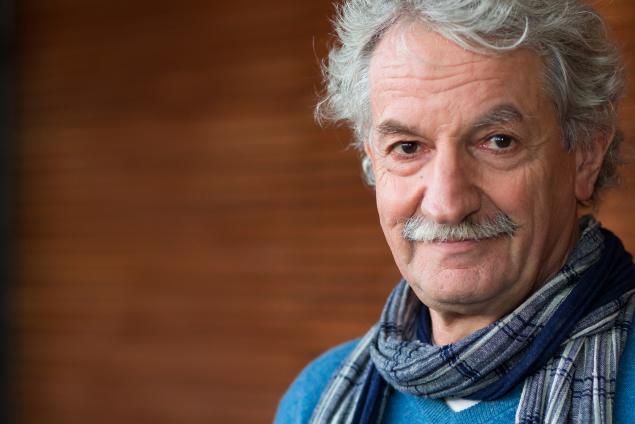Scroll to Section:
When researchers want to delve deeper into the brain mechanisms of speech patterns, they cannot do all experiments on human subjects. This is why STEFFEN R. HAGE studies the vocalizations of marmoset monkeys. Particularly, as he explains in this video, he is interested in the long sounds these monkeys produce with durations up to three or four seconds. There is a debate whether these long sounds are produced out of smaller rhythmically produced syllables or whether these sounds are impartible. By observing an isolated marmoset monkey while it is producing calls and then perturbing these calls with noise stimuli, the researchers found that not only are these longer sounds built out of smaller subunits but also that the monkeys can interrupt their calls only at specific positions during their call. These findings suggest the marmoset monkey as a good model to study the underlying rhythmicity of vocal behavior and the underlying mechanisms in the brain.
DOI:
https://doi.org/10.21036/LTPUB10606
Original publication
Precise Motor Control Enables Rapid Flexibility in Vocal Behavior of Marmoset Monkeys
Current Biology
Published in 2018
Reading recommendations
Dual Neural Network Model for the Evolution of Speech and Language
Trends in Neurosciences
Published in 2016
Vocal Learning Via Social Reinforcement by Infant Marmoset Monkeys
Current Biology
Published in 2017
Beyond
A Ground-breaking Scientific Revolution
An Alarming Challenge for Society
If I Had a Second Life
A Personal Reading Recommendation




